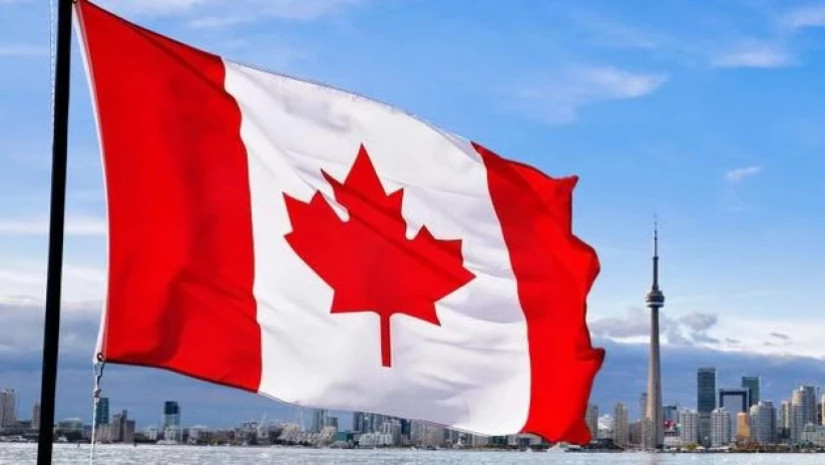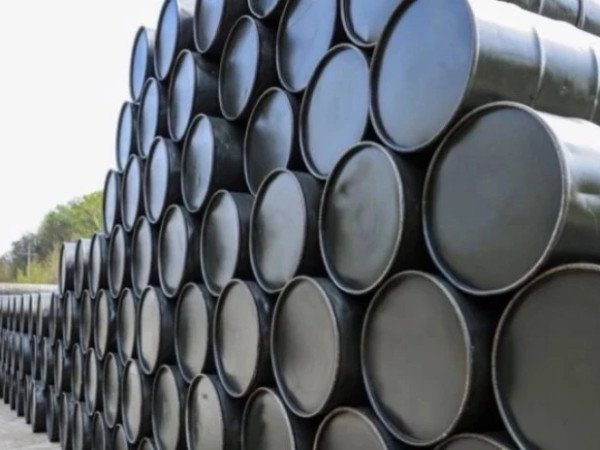President Donald Trump late Thursday threatened a 35% tariff on goods imported from Canada, a dramatic escalation in an on-again, off-again trade war with America’s northern neighbor and one of its most important trading partners.
And, in a separate NBC News interview, he suggested blanket tariffs on other US trading partners will jump, as well.
The Thursday actions are the latest examples of a whipsaw policy that’s left investors, trading partners, businesses and everyday Americans alike scrambling to make plans even as the economic ground shifts not just from week to week but in some cases from hour to hour.
It wasn’t immediately clear if the new tariffs, set to take effect August 1, would apply to all Canadian goods or if Trump’s threat applied only to the limited number of goods on which the United States currently levies tariffs.
“Throughout the current trade negotiations with the United States, the Canadian government has steadfastly defended our workers and businesses,” Prime Minister Mark Carney said in a statement to X.
“We will continue to do so as we work towards the revised deadline of August 1.”
Trump’s announcement of higher tariffs on Canada comes amid a flurry of letters Trump has sent to world leaders over the past week informing them what rates their goods will be tariffed at come August 1, absent any trade deals. Trump has sent nearly two dozen such letters.
But Canada is by far the largest trading partner with the United States to receive a letter from Trump this week. Canada and the US have been in trade talks with the hopes of reaching a deal by July 21.
Canada is the top buyer of US exported goods, importing $349 billion worth last year, according to Department of Commerce data. Tariffing Canadian goods could, therefore, backfire if additional retaliatory tariffs are put in place on American goods. (Trump threatened to respond to any such tariffs by raising rates on Canadian goods.)


















